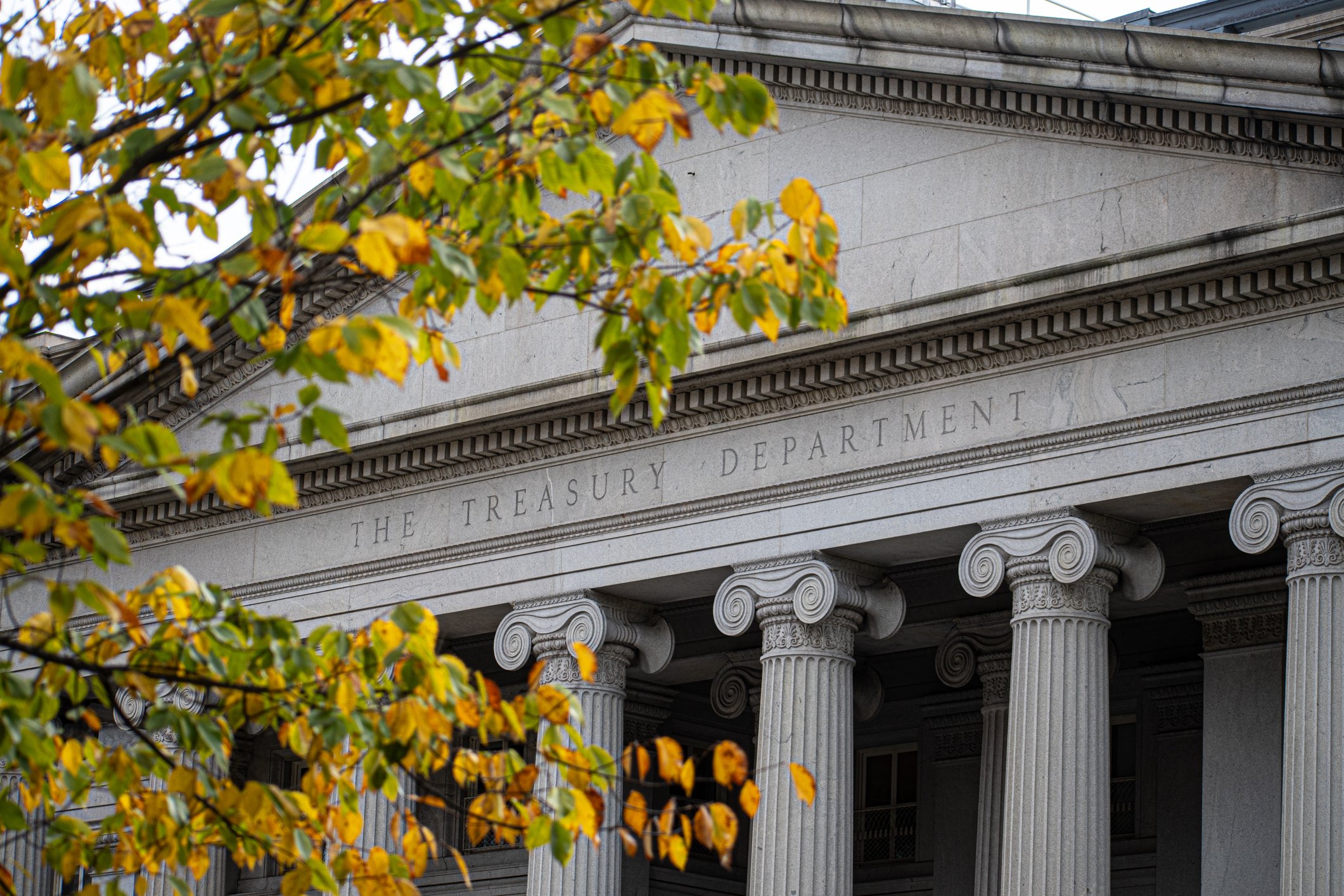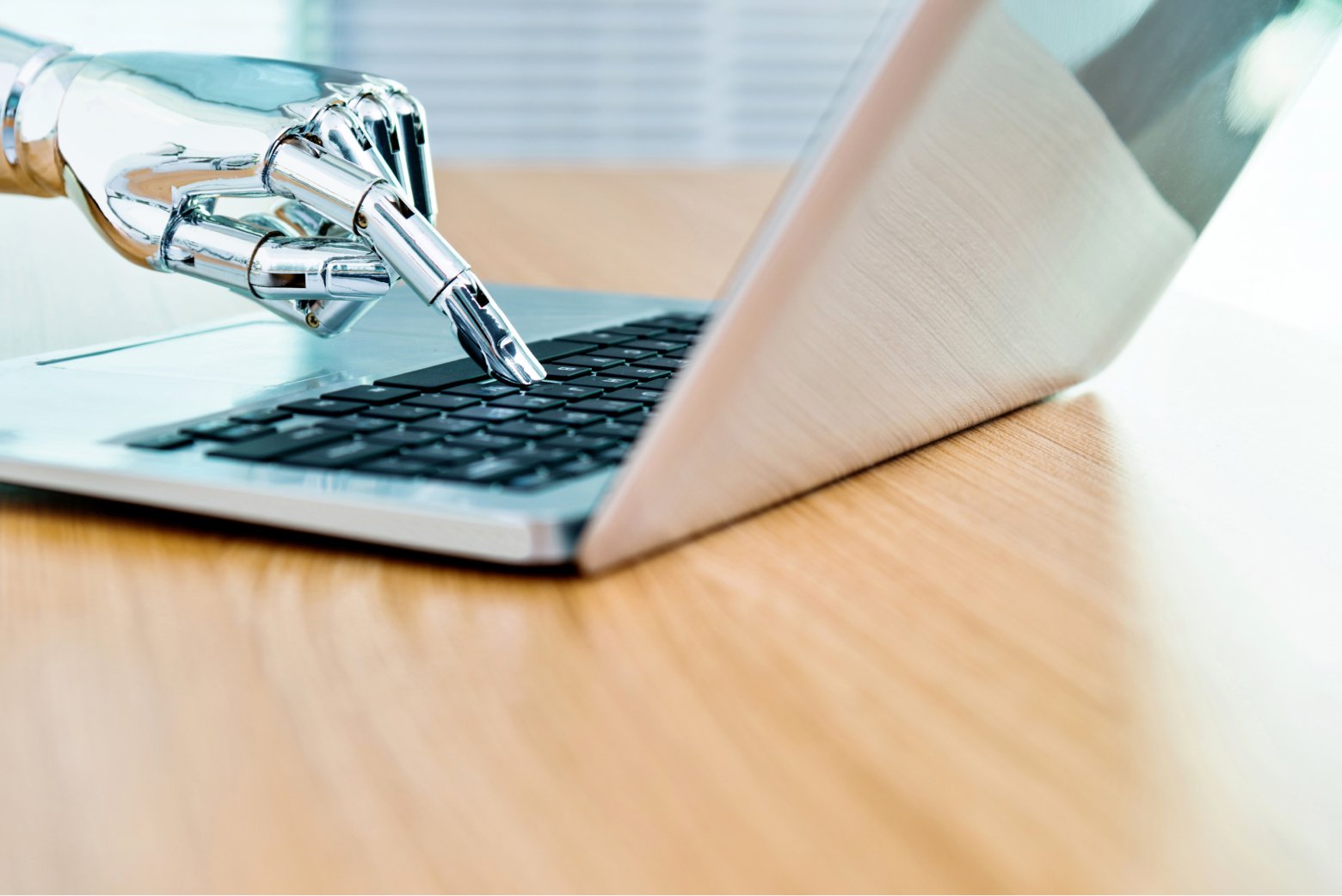People tend to view stock market trends linearly, meaning they look at a line that moves up and down on a chart over time. But if you hone in on any particular period in the market’s history, you’ll likely find that it actually has historically moved cyclically.
Called the market cycle, this concept refers to the repeated patterns of buying and selling on a massive scale — and it happens over and over and over again within the stock market.
As an investor, it can be helpful to understand what the phases of the market cycle are, how they’re influenced by investors' emotions, and what you can do to account for the market cycle within your portfolio.
The four stages of the market cycle
When discussing market cycles, it’s worth acknowledging that “market” is a very broad term, because market cycles can refer to just about any market (stock market, real estate, bonds, etc.), though for our purposes, we’re primarily talking about the stock market.
It’s important to remember that the stock market and the economy are not the same – and neither are economic cycles and market cycles, although they interrelate. The economy measures greater economic health (think gross domestic product, GDP for short), while the stock market measures the health of publicly traded companies. Historically, economic cycles have tended to last longer than market cycles.1
Every market cycle includes four stages: accumulation, markup, distribution, and markdown. If you’ve ever heard people use terms like “bubble burst”, “crash”, or even “recovery”, what they’re referring to are various stages of the market cycle.
Let’s take a look at each stage in more detail, including how investor sentiment sways the cycle at each stage.
Accumulation (early cycle)
Accumulation is considered the first stage in the cycle, as it occurs immediately after the market has reached the “rock bottom” of a downturn. This is the time when large institutional investors may see an opportunity to purchase shares at what they consider a “discounted” rate.
Institutional investors can take their time during this accumulation process, purchasing stocks at regular intervals to avoid driving up prices too high or too quickly. They may buy a stock when it reaches a price they've determined to be desirable, then wait for any market reaction to subside, let the price to level out again, and repeat the process.
Individual investors may start buying up more positions at this stage as well, though at a much smaller scale.
How investors feel
Betting that the worst is over, investors and money managers may gradually be emerging and testing the waters. General sentiment may no longer be particularly negative, but it’s not exactly full steam ahead either — rather, it remains fairly neutral. At this point, we could still be in a bear market.
Markup (mid cycle)
At this point, the market has remained on a fairly stable upward trajectory. More and more investors (including those who were on the fence about participating in the markets before) believe that the market is truly recovering from its previous downturn. They feel comfortable jumping back in and buying shares on a large scale.
As a result, valuations often rise. It’s typically during the markup period that the market can experience the largest gains in the shortest amount of time. The market could nearly be at its peak of its cycle.
How investors feel
The longer this mid-cycle stage lasts, the more excited investors often get. When we approach the end of this stage, many investors can throw reason and logic out the door, and instead cling to greed and feelings of FOMO (fear of missing out). Big losses can feel like a thing of the past, and herd mentality has more and more investors jumping on the buying bandwagon by the end of the markup stage. There’s almost a euphoric feeling in the air that can make it hard for investors to believe that a downturn could be near.
At this point, investor sentiment is no longer neutral — it can be about as bullish (meaning positive) as it can get.
Distribution (Late Cycle)
As the market reaches a fever pitch, there comes a time when upward momentum may start to stall. Early investors typically use this opportunity to sell off their positions.
As we’ve seen historically, a major selloff can be — but isn’t necessarily — triggered by major geopolitical events, or certain economic indicators (war, pandemics, housing market crashes, etc.). If you think back to March 2020, the news of Covid-19 led to widespread panic, globally and in the markets. At that time, investors began selling off their positions in droves.
How Investors Feel
This is when the feelings of excitement start to wear off, and investors feel less sure about the direction the market is headed in — and maybe even a little fearful. General investor sentiment may have moved from being bullish across the board to more mixed emotions.
Markdown (Decline)
During a decline, more and more investors panic sell based on recent events or poor forecasts, causing prices to continue trending downward.
This final phase of the cycle is certainly the most painful for any investor who’s still holding on to their positions. The value of a given stock has likely fallen below what they paid for it, and institutional investors may have long since sold off their shares. At this stage, more people are probably selling than buying — which causes prices to fall on a large scale.
How Investors Feel
Sentiment fully wings to the other end of the spectrum, and many investors are left licking their wounds. Those who can no longer stand to see their portfolios lose value decide to selloff, often at a loss. However, some savvy investors who understand the cyclical nature of the markets may be waiting in the wings to buy up shares at a depreciated price.
Example: The Market Cycle in Action
This may all be well and good in theory, but what does a market cycle look like in real life?
Let’s take a look at a recent example:
In September 2008, the stock market crashed during the Great Recession. According to the Financial Crisis Inquiry Commission, the crash was caused by numerous factors, including predatory mortgage lending practices, a drop in home prices, large amounts of consumer debt, and Congress’s inability to pass the Emergency Economic Stabilization Act of 2008.2
In 2009, a new presidential administration was in office, economic stimulus plans were put into effect, and it appeared to many the worst of the crash was over.
Though it took some time (and investors remained easily spooked for several years after), one market cycle ended and a new one eventually began.
Accumulation: In 2009, we entered into the accumulation phase as the markets gradually started gaining again.
Markup: By 2013, the stock market was considered by many to be fully recovered, as stock prices rose rapidly and investor sentiment turned positive.
Markdown: In 2018, the Dow Jones Industrial Average (DJIA) lost around 10% of its value. We think this decline was likely due primarily to geopolitical factors — concerns over a trade war with China, global economic growth slowed down, and interest rates were rising quickly.3 The markdown phase was further exacerbated in early 2020 when Covid-19 hit America in full force.
Distribution: In March 2020, the DJIA dropped at record-breaking rates as we experienced another stock market crash.3 As a result, the 2009–2020 market cycle ended here. Unlike other aspects of the U.S. economy, however, the markets recovered remarkably fast — gaining upward momentum by the summer of the same year. From here, the cycle began once more.
How long does a market cycle last?
With a better understanding of what happens during a market cycle, the next thing to know is just how long a market cycle lasts. Is it days? Months? Years? Decades? Well, it varies—and it does, indeed, vary greatly.
The average peak-to-peak length of a market cycle between 1945 and 2020 was around 6.25 years, according to the National Bureau of Economic Research (NBER).4 Keep in mind that this is just a rough average, and it’s impossible to predict how long any current or future market cycle will last.
For example, we experienced the longest bull market in recorded history in recent years, which lasted between 2009 and early 2020.5 If it weren’t for the pandemic, who knows how much longer the bull market could have lasted?
It’s worth noting that in the last few decades (from the 1990s and onward), market cycles have historically appeared to average closer to 10 years.4
How important is it for investors to understand the market cycle?
As we discussed, investor sentiment and emotion (namely, fear and greed on a massive scale) drive the market cycle’s movements.
Even with an understanding that there are high and low points in the market cycle, it’s still impossible to predict precisely when those peaks or troughs will occur. Yet, investors who lead with knee-jerk emotions (as opposed to logic and data) may try to time the markets and squeeze every ounce of profit they can out of an investment — despite the risks associated.
Rather than getting trapped in the market’s movements, here are three tips for investors focused on achieving long-term growth:
#1: Consider being a "contrarian" investor"
In other words, don’t feel pressured to follow the herd. As Warren Buffett puts it, you may want to try being greedy when others are fearful, and fearful when others are greedy. Now that you’re armed with the knowledge of what can come next in a cycle, you may find it easier to make decisions that could benefit your portfolio in the long run, as opposed to making decisions based on what’s going on here and now.
#2: Remember: Unfortunately, you’re not psychic
As we’ve demonstrated above, timelines for market cycles are, historically, unpredictable. And often, they’re influenced by greater geopolitical events that can seemingly come out of nowhere. Because you can’t predict the future, it’s likely not wise to base your investment decisions solely on how long you believe the current market cycle will last.
Rather, try and make forward-focused decisions supporting your portfolio’s long-term objectives.
#3: Focus on what you can control
You can’t control what happens in the markets, but there are things you do have control over — and we believe those are what you should focus on the most.
Diversification: Your portfolio’s asset allocation, for example, is entirely within your control. You can incorporate diversification into your portfolio to help minimize volatility and cushion potential losses, while creating potential opportunities to capture gains across various market sectors and industries.
Fees: You can be mindful of the fees associated with certain investments — since high fees can reduce returns. Rather than only sticking to options with little or no fees, look for opportunities where the fees associated with the investment to you are justified.
Education: Understand what you’re investing in. Buying into an investment you don’t understand (including its associated fees or risk level) just because it’s “on sale” during a market downturn may not be the wisest move for your portfolio long-term. If you’re ever unsure of an investment opportunity or asset, talk to a financial professional first.
Understanding how the market moves can help you better avoid the short-sighted emotional responses that come from watching your portfolio fluctuate in value over time. But should you pay attention to the market’s every move on a day-by-day basis? We say probably not. Rather, build a long-term investment strategy that accounts for the ups and downs of the market cycle while helping you work toward your greater goals.

Like what you're reading?
Join the thousands of readers getting stories like this delivered straight to their inbox every Thursday — for free. Give it a spin, enter your email to sign up.
Footnotes
[1] ”Markets, emotions, and you” Fidelity. Accessed February 23, 2024.
[2] ”The Financial Crisis Inquiry Report” The Financial Crisis Inquiry Commission. February 25, 2011. Accessed February 23, 2024.
[3] ”Dow Jones Industrial Average (^DJI)” Yahoo! Finance. Accessed February 23, 2024.
[4] ”US Business Cycle Expansions and Contractions” National Bureau of Economic Research. March 14, 2023. Accessed February 23, 2024.
[5] Taylor, Brian. “200 Years of Bull and Bear Markets” Global Financial Data. April 13, 2023. Accessed February 23, 2024.
Related Articles

How Has the Stock Market Performed During Recessions? You Might Be Surprised
A recession is loosely defined as a decline in economic activity and employment. There isn’t one...

AI & The Stock Market: What Investors Need to Know
Technology has evolved virtually every aspect of our lives, so it makes sense that the way we trade...

Is 2023 the Year for International Stocks?
2022 was a bad year for stocks, not just in the United States. The MSCI All Country World Index, a...
